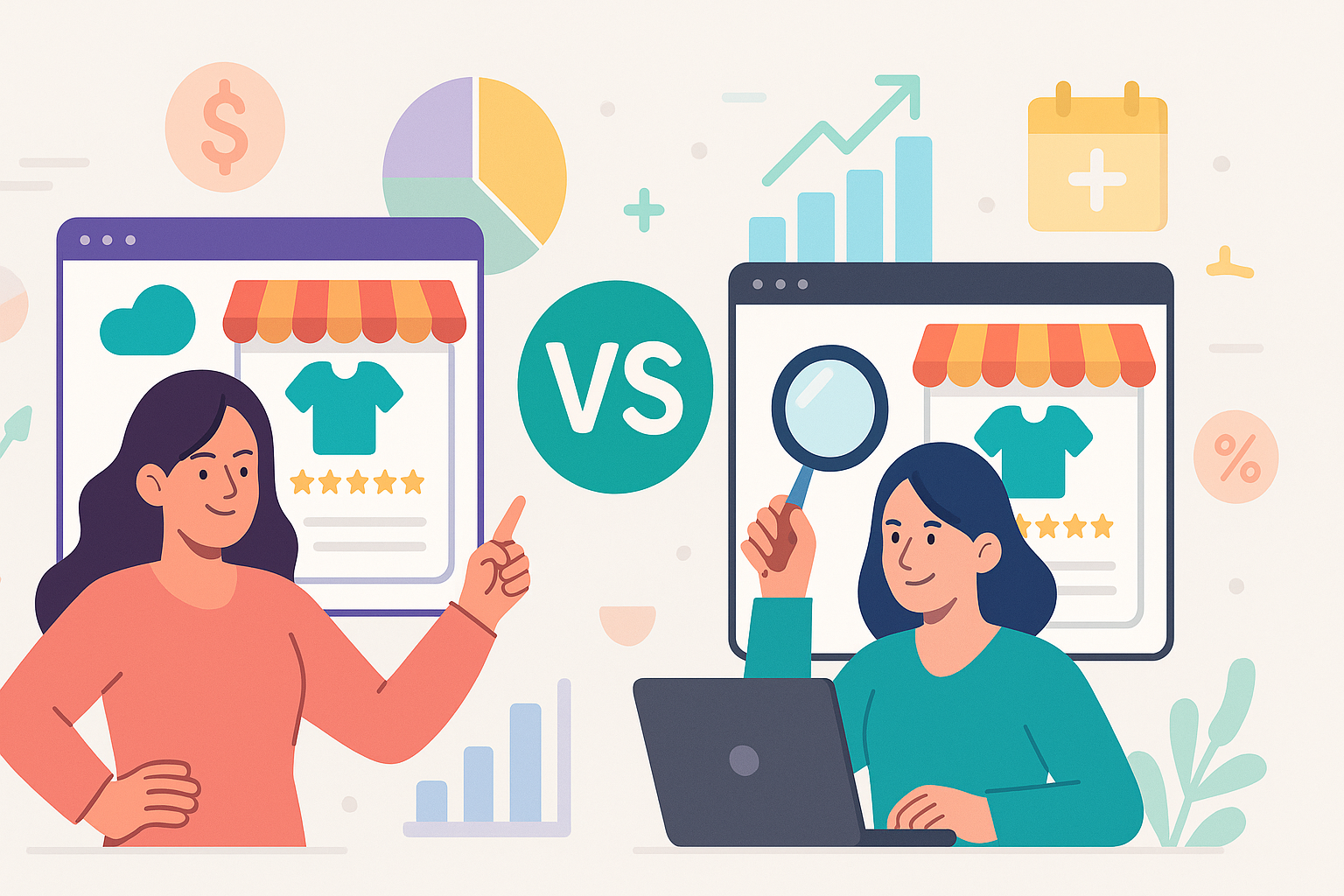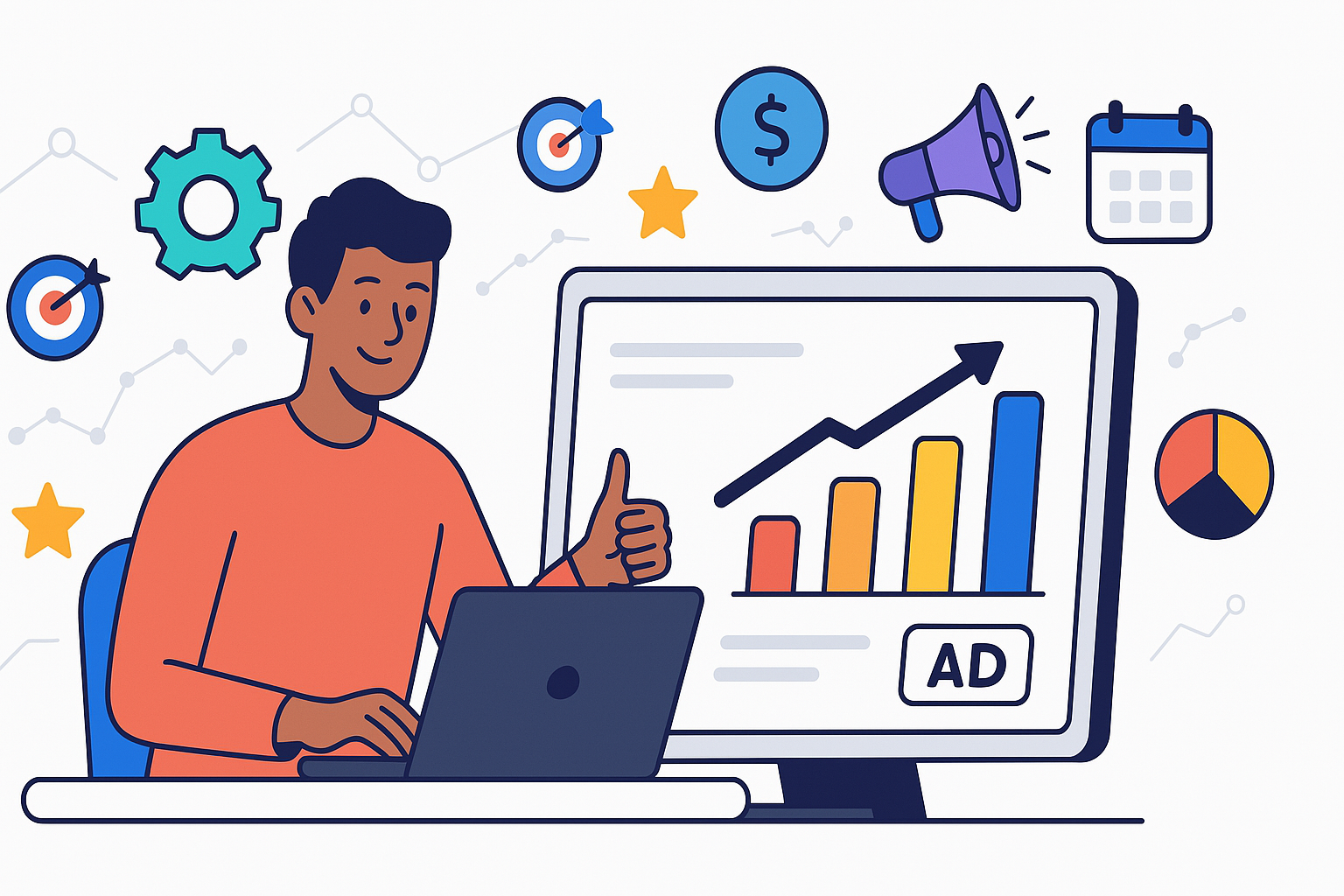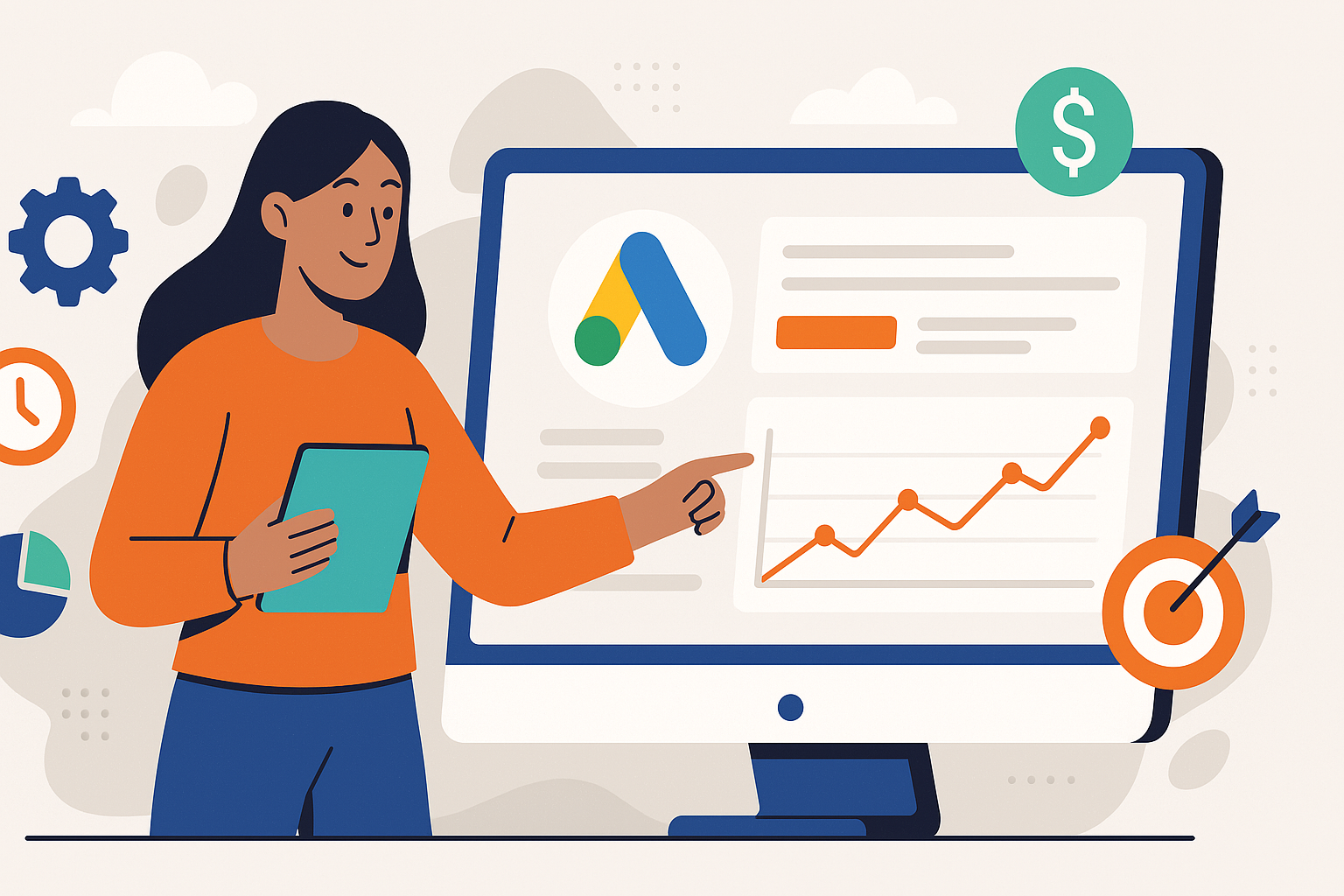What Google doesn't want you to know to scale your campaigns
by Francisco Kraefft on 3 Jan, 2024
Google Ads has evolved into the most significant tool in digital marketing, which can often prove challenging for those new to the industry. As a result, within the Google Ads interface, you will be prompted with guidance for your campaign creation based on your business goals.
This guidance is a valuable navigation tool, allowing one to create campaigns quickly. However, while this approach may be efficient, it may only be the most optimal sometimes. The platform offers many configurations that are hidden when utilizing these guides and automation, preventing us from combining configurations that may be most effective for our unique business requirements.
Take performance max campaigns, for example. They are simple to set up but do not provide insights into individual channels' performance or where efforts should be focused. As a result, you may lose valuable opportunities for improvement, such as where to relocate the budget or how to address underperforming channels.
So, why on earth do so many agencies still cling to these automated campaigns?
The answer is simple: convenience. Maintaining a Google Performance Max campaign is far less challenging than managing separate campaigns for Google Search, Google Shopping, Google Display, and YouTube.
Let's imagine a scenario where we have an ecommerce site that offers products such as sweaters, t-shirts, and jeans. We could set up a performance max campaign that promotes all our products across various channels in a single campaign.
Let's take a more comprehensive approach, for tradition campaigns we would likely need to structure our account with the following setup:
- Google Search: One campaign for each clothing category
- Google Shopping: One campaign for each clothing category
- Google Display: One remarketing campaign
- YouTube: Depending on the videos available, separate campaigns for each clothing category or generic campaigns for remarketing.
And this is only scratching the surface - we can even explore interest or place-based campaigns to A/B test what works best for our business, further increasing the number of campaigns we need to run.
As you can see, opting for multiple traditional campaigns instead of just one automated one may seem overwhelming. Still, it gives us access to valuable metrics and insights, the flexibility to set different returns on ad spend (ROAS), and the possibility to set specific budgets for each campaign.
This approach would elevate our marketing efforts to the next level, enabling us to make informed decisions based on data and boost revenue in ways we often need to do.
Where the value of an agency's expertise shines through
With the continuous growth of the platform and the constant addition of new campaign types and configurations, experienced industry professionals have opted to utilize the platform no longer directly and have instead embraced the use of Google Ads Editor. This alternative grants unhindered access to all configurations without hidden menus based on goals or previous settings.
This allows us to create unique configurations that our competitors could miss out on, potentially resulting in higher rankings and lower costs compared to them. It gives us a distinct competitive advantage and the ability to run more profitable campaigns.
Who should use fully automated campaigns?
If you are starting your business, you don't have the budget for an agency, and you want to begin your marketing efforts as soon as possible. By far, using a Performance Max campaign is the way. You will start having some sales, which will help you expand your digital marketing strategy until you are ready to hire an agency to maximize your return on investment (ROI).
But if your business has been running for a while, you have an agency managing your campaigns, and you only have automated campaigns running in your Google Ads account. You should start questioning why and how automated campaigns are benefiting your business and contributing to increased revenue. You're leaving behind a lot of sales opportunities.
Reach out to us if you want to know how your current campaigns are doing.


